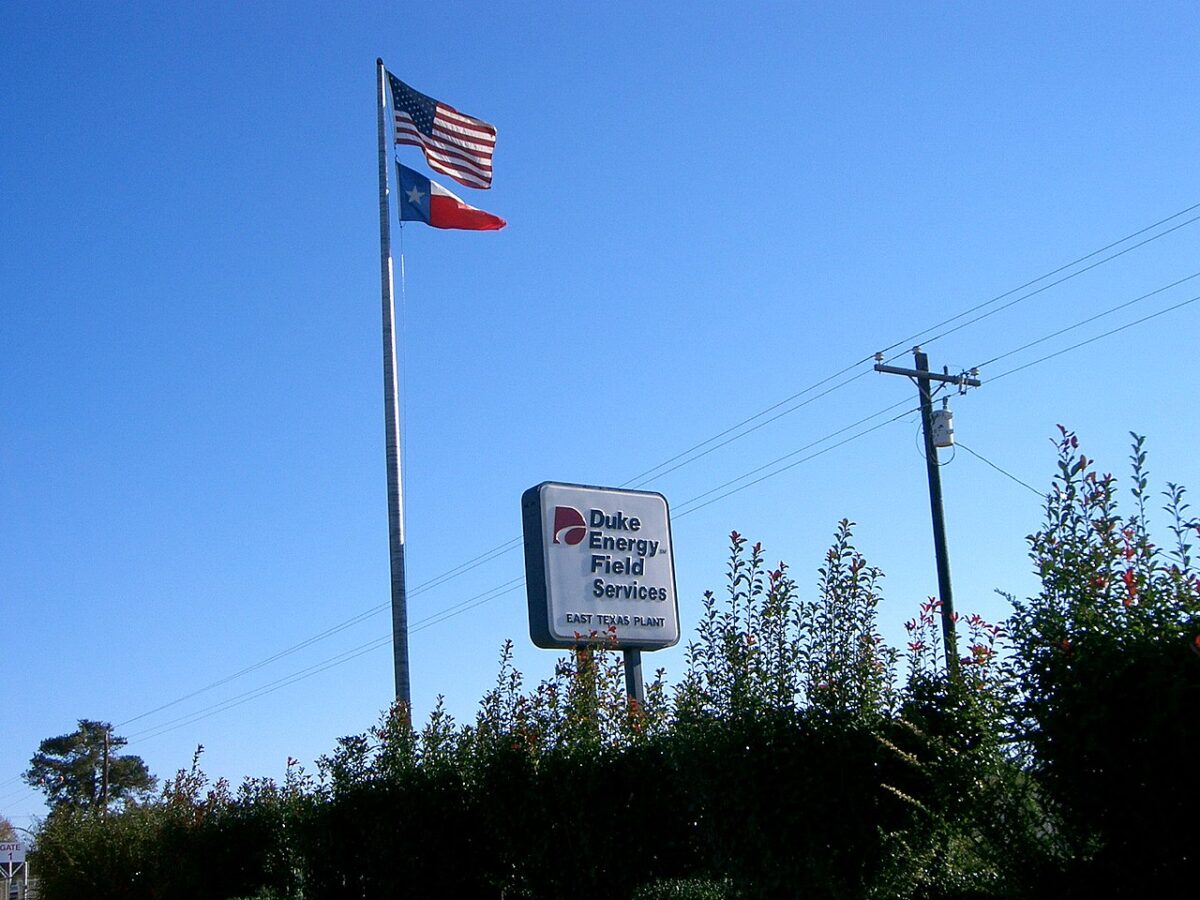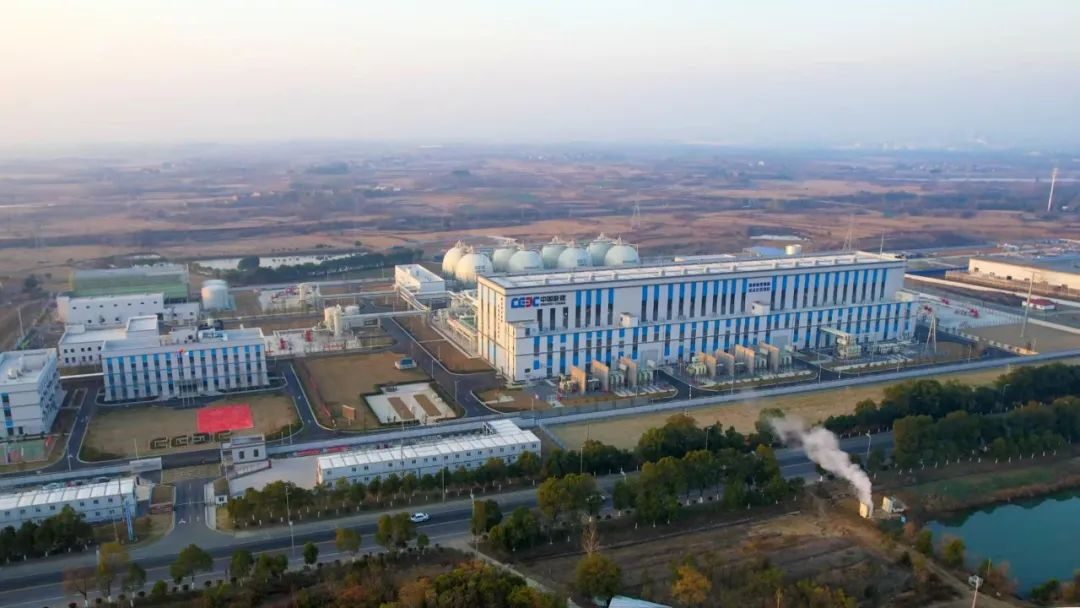From pv magazine USA
A residential customer of Duke Energy who wants to put solar on their roof, or a commercial customer that wants to electrify its fleet of vehicles, may get a faster response from the utility now that it can complete power flow calculations much more quickly.

Source: Berkeley lab
Amazon Web Services has worked with Duke Energy to develop a custom solution that speeds the power flow simulations, said Nate Hill, head of energy policy for Amazon Web Services. “That’s not even an artificial intelligence product,” it’s “just a solution” that AWS “custom-built” with Duke, he said, speaking at a policy forum held by the renewable energy trade group ACORE.
The solution is designed to help Duke Energy anticipate future energy demand and identify where and how to “update” the distribution grid, said an AWS spokesperson.
Hill predicted “amazing” AI applications in the utility industry and with power grid operators, especially by “combining our forces and brainpower” with the capability of exascale computing at the Department of Energy, and “all the resources and scientists they have in their national lab network.”
AWS was in discussions with grid operator SPP in 2022 about using AI to speed interconnection studies for utility-scale solar, while a NextEra executive was bringing the idea to other grid operators at that time.
Hill added that Amazon is “bullish” on grid-enhancing technologies and similar approaches, saying they should be studied “very seriously,” but added “it’s not a panacea.”
Speaking of the work of Amazon Web Services, Hill said firms are “early in the process” of switching from on-premise data services to cloud services, “and now you layer on top of that this big transition to machine learning, AI.” He said transmission infrastructure “is going to be one of the key ingredients to allow the U.S. to be a dominant force in this big revolution that’s happening right now.” To maintain U.S. leadership, he said “there’s a role for AWS and the datacenter community” to start planning early and providing “accurate forecasts to our partners,” so they can plan ahead and “plan the right grid.”
Transmission build cycle
Jeff Dennis, deputy director for transmission development at the Department of Energy’s Grid Deployment Office, said at the policy forum that “if we improve transmission planning, like we want to, and if we improve permitting, like we want to, we’re going to build a lot of transmission in a short amount of time. That means we’re going to need a lot of workers, we’re going to need a lot of equipment, we’re going to need a lot of supply. DOE is focused on that for sure. And I know many of you are also, but it will be a tremendous build cycle.”
Dennis also spoke about building “no regrets” transmission lines. He referenced DOE’s 2023 National Transmission Needs Study, which projected a need for 54.5 TW-miles of within-region transmission capacity and 125 GW of interregional transfer capacity by 2035, under future scenarios with moderate load but high clean energy assumptions.
Part of the transmission need, Dennis said, is “simply to relieve congestion that is costing consumers hundreds of millions of dollars a year, especially in extreme weather events.” He said “even if we disagree on what the future looks like,” among 200 different scenarios, “we should build the high value connection options that pop out at you,” because those are “no regrets” options.
Cyberattacks and microgrids
Bill Murray, senior vice president of corporate affairs for Dominion Energy, spoke on the same panel and drew a reaction from the audience when he said the utility fields 3 billion cyberattack attempts per month.
“We have robust cyber defenses,” he said, thanking the utility’s federal, state and private sector partners. “But part of it is also looking at the absolute critical parts of your system.” Saying that “all customers are critical; don’t get me wrong” he added that “microgridding is an opportunity that we’re starting to look at more and more.”
This article was amended on March 11, 2024 to state that the power flow calculations performed using the new solution relate to Duke Energy’s distribution feeders, not to its transmission system.
This content is protected by copyright and may not be reused. If you want to cooperate with us and would like to reuse some of our content, please contact: editors@pv-magazine.com.



By submitting this form you agree to pv magazine using your data for the purposes of publishing your comment.
Your personal data will only be disclosed or otherwise transmitted to third parties for the purposes of spam filtering or if this is necessary for technical maintenance of the website. Any other transfer to third parties will not take place unless this is justified on the basis of applicable data protection regulations or if pv magazine is legally obliged to do so.
You may revoke this consent at any time with effect for the future, in which case your personal data will be deleted immediately. Otherwise, your data will be deleted if pv magazine has processed your request or the purpose of data storage is fulfilled.
Further information on data privacy can be found in our Data Protection Policy.